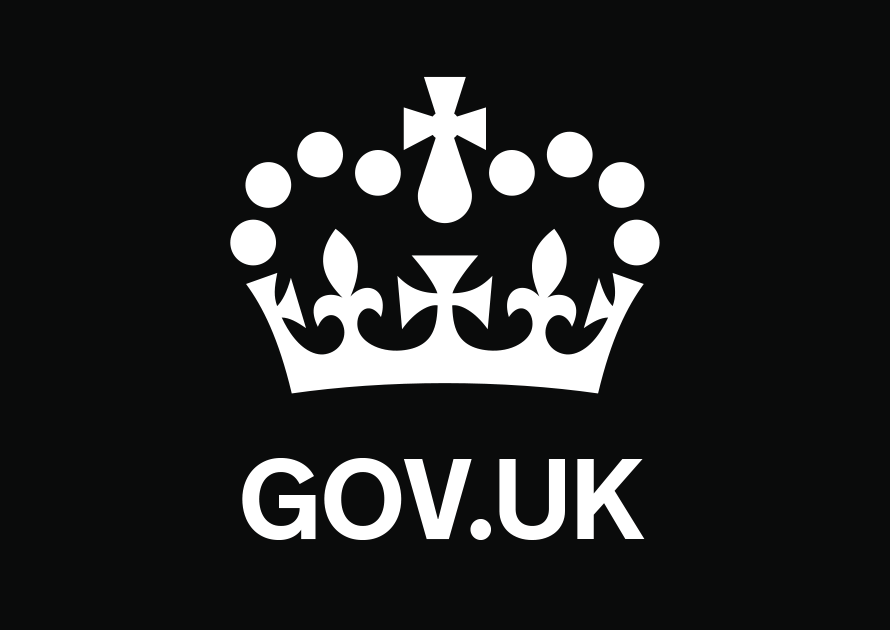A Freeport customs site (also known as a ‘free zone’) is a secure, enclosed customs zone where some normal tax and customs rules do not apply.
A Freeport customs site can be an area either:
- within an existing port approved location
- outside of a port, but will usually need to be within a Freeport boundary
If a planned Freeport customs site is located within an existing port, you’ll need to change your port approval to reflect the new arrangement.
Operating a Freeport customs site
Freeport customs sites cannot be used as a first point of presentation of goods brought into the UK. Any business bringing goods into the UK must first present their goods to customs, in a way specified by the port approval. Only after customs have cleared the goods can they be moved to a Freeport customs site.
Goods that have not been cleared by customs are not allowed to be within the area identified as the Freeport customs site.
For example, if a port is authorised to operate temporary storage, goods arriving in the UK will:
- need to be declared to temporary storage
- need to be presented to customs on arrival
- only be allowed to leave temporary storage when they have the appropriate clearances
Goods will need to be kept in the port temporary storage area waiting for clearance to leave where:
- a declaration to the Freeport customs special procedure is not made before the goods arrived
- the port temporary storage facility has not received a request from an approved external temporary storage facility to remove the goods
- there are commercial or regulatory reasons for doing so
Goods can be moved directly to the Freeport customs site from the vessel where it has already been confirmed that they have been cleared by customs. For example, if:
- a declaration to the Freeport customs special procedure was made before the goods arrived and a release has been received through the port’s Community Systems Provider inventory system
- it is permitted under the presentation rules of the port’s approval – for example, this could include bulk goods
Goods needing inspection must be made available to the relevant authority within the existing port or airport before being moved to the Freeport customs site.
Find out more about operating a Freeport customs site.
Who should apply
Freeport customs sites are run by an operator, who will be responsible for the security of the site and keeping records about goods moving in, around and out of the site.
To be an operator you must have, or intend to have, at least one business using your Freeport customs site to move goods into or out of the site.
A Freeport customs site operator can also be approved as a Freeport business to use the site and move goods in or out of it.
Any business using your Freeport customs site would need to be approved to process or store goods under either:
Before you apply
If you want to apply to be a Freeport customs site operator, you must have first agreed this with the operator of the wider Freeport.
What you’ll need
You’ll need to:
- have an EORI number – you’ll need to apply for one if you do not have one
- demonstrate you can meet the safety and security standards in relation to the Freeport customs site – you’ll be taken through this during the application process by HMRC
- have details of the land being used for the Freeport customs site, which may include:
- the area of the site
- detailed maps showing the site and entry and exit points – this should be on a scale of 1:1250
- demonstrate that you meet the requirements to be designated as a Freeport customs site operator
If you intend to host businesses dealing in excise goods you will also need to:
- meet the standards of the excise fit and proper test
- demonstrate you have robust due diligence procedures in place where businesses on your site will trade in alcohol
You should hold an agreement in principal with the excise business before you apply for any excise activity.
If you’re planning to use transit to bring goods into, or take goods out of, your Freeport customs site on behalf of a business, you’ll also need to:
If you’re planning to move goods to an External Temporary Storage Facility at your Freeport customs site, you’ll need to:
How to apply
You can apply by registering an interest using the online form. HMRC will then help you through the authorisations you need to become a Freeport customs site operator. This will include setting up your designation order.
How to complete the form
You’ll need to:
-
Download and save the form on your computer.
-
Open it using the latest free version of Adobe Reader.
-
Complete it on-screen.
Find out how accessible our forms are.
Email HMRC to ask for this form in Welsh (Cymraeg).



